
Robert Michael Mapplethorpe was an American photographer, best known for his black-and-white photographs. His work featured an array of subjects, including celebrity portraits, male and female nudes, self-portraits, and still-life images. His most controversial works documented and examined the gay male BDSM subculture of New York City in the late 1960s and early 1970s.

August Sander was a German portrait and documentary photographer. His first book Face of our Time was published in 1929. Sander has been described as "the most important German portrait photographer of the early twentieth century". Sander's work includes landscape, nature, architecture, and street photography, but he is best known for his portraits, as exemplified by his series People of the 20th Century. In this series, he aims to show a cross-section of society during the Weimar Republic.
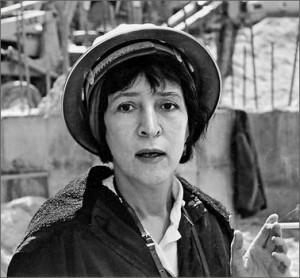
Helen Levitt was an American photographer and cinematographer. She was particularly noted for her street photography around New York City. David Levi Strauss described her as "the most celebrated and least known photographer of her time."

Francesca Stern Woodman was an American photographer best known for her black and white pictures featuring either herself or female models.
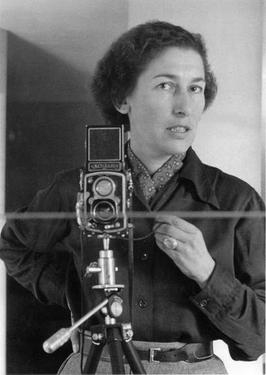
Gisèle Freund was a German-born French photographer and photojournalist, famous for her documentary photography and portraits of writers and artists. Her best-known book, Photographie et société (1974), is a expanded edition of her seminal 1936 dissertation. It was the first sociohistorical study on photography as a democratic medium of self-representation in the age of technological reproduction. With this first doctoral thesis on photography at the Sorbonne, she was one of the first women habilitated there.

Judith Joy Ross is an American portrait photographer. Her books include Contemporaries (1995), Portraits (1996), Portraits of the Hazleton Public Schools (2006) and Protest the War (2007), "exploring such themes as the innocence of youth, the faces of political power, and the emotional toll of war".

Henry Wessel was an American photographer and educator. He made "obdurately spare and often wry black-and-white pictures of vernacular scenes in the American West".
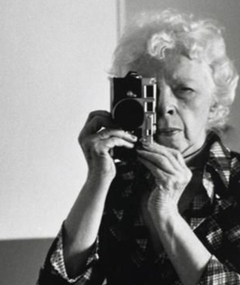
Lisette Model was an Austrian-born American photographer primarily known for the frank humanism of her street photography.
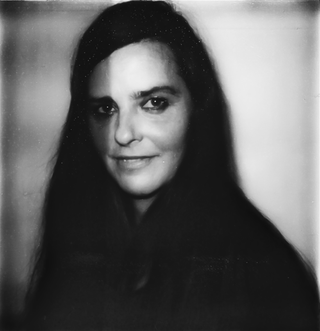
Rineke Dijkstra HonFRPS is a Dutch photographer. She lives and works in Amsterdam. Dijkstra has been awarded an Honorary Fellowship of the Royal Photographic Society, the 1999 Citibank Private Bank Photography Prize and the 2017 Hasselblad Award.
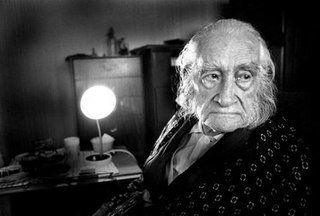
Emil Otto Hoppé was a German-born British portrait, travel, and topographic photographer active between 1907 and 1945. Born to a wealthy family in Munich, he moved to London in 1900 to train as a financier, but took up photography and rapidly achieved great success.
Bruce Silverstein Gallery is an art gallery in the Chelsea section of Manhattan, New York City. Founded in 2001 by Bruce Silverstein, the gallery represents contemporary and historically significant artists, emphasizing the exploration of both renowned and lesser-known works. The gallery is a member of the Association of International Photography Art Dealers.
Kathrin Sonntag is a visual artist who works in photography, sculpture, film, and installations. Her work has been exhibited in museums including the Kunstverein in Hamburg, Germany and the Solomon R. Guggenheim Museum in New York City.
Jane Shelton Livingston is an American art curator. She is the author and co-author of numerous books and catalogs.
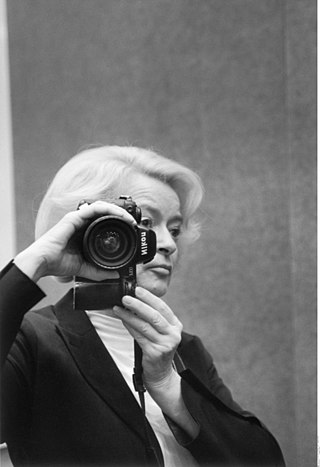
Angelika Platen is a German photographer known internationally for her portraits of artists.
Sandra S. "Sandy" Phillips is an American writer, and curator working in the field of photography. She is the Curator Emeritus of Photography at the San Francisco Museum of Modern Art. She joined the museum as curator of photography in 1987 and was promoted to senior curator of photography in 1999 in acknowledgement of her considerable contributions to SFMOMA. A photographic historian and former curator at the Vassar College Art Gallery in Poughkeepsie, N.Y., Phillips succeeded Van Deren Coke as head of one of the country’s most active departments of photography. Phillips stepped down from her full time position in 2016.
Hermann Claasen was a German photographer.
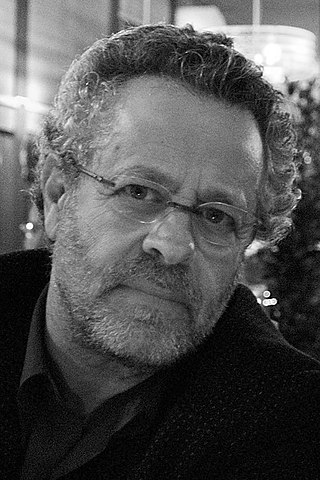
Arthur Ollman is an American photographer, author, curator, professor emeritus (San Diego State University, and founding director of The Museum of Photographic Arts, San Diego. He served as MoPA director from 1983 to 2006, and as director of the School of Art, Design and Art History, SDSU, from 2006 to 2011. He was president of the board of directors for the Foundation for the Exhibition of Photography and has authored and contributed to more than twenty-five books and catalogs.
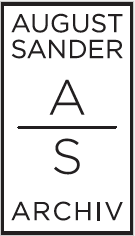
The August Sander Archive comprises the estate of the German photographer August Sander and is part of the collection of Die Photographische Sammlung/SK Stiftung Kultur, in Cologne. The photographic work has been kept there since 1993 with a large number of original photographs, negatives and documents.

Tata Ronkholz (1940–1997) was a German photographer and designer. She was a member of the Düsseldorf School of Photography.

Die Photographische Sammlung is the photography museum of the SK Stiftung Kultur, the cultural foundation of the Sparkasse KölnBonn bank in Cologne, Germany. The full name is usually stylized Die Photographische Sammlung/SK Stiftung Kultur. The collection includes an archive of the photographs of August Sander.















